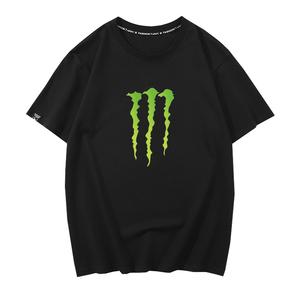Identifying fabrics that are prone to pilling and choosing fabrics that are less prone to pilling is an important step in keeping your clothing looking neat and tidy and extending its service life. The following are methods and suggestions for identifying fabrics that are prone to pilling and selecting fabrics that are not prone to pilling:
1. Touch: First, touch the fabric to determine its ease of use. Pilling properties. Fabrics that are soft and smooth to the touch are generally less prone to pilling. On the contrary, fabrics with rough texture and burr feel tend to pill easily. When purchasing, you can gently touch the fabric with your hands, observe and feel its texture to judge its pilling performance.
2. Fabric structure: The structure of the fabric is also one of the important factors that determine its pilling performance. Smooth and tight fabric structures are generally less prone to pilling, while loose fabric structures are prone to pilling. When purchasing, you can carefully observe the texture and details of the fabric and choose fabrics with a uniform and tight fabric structure.
3. Fabric composition: The composition of the fabric plays a decisive role in its pilling performance. Natural fibers such as cotton, silk, wool, etc. have good anti-pilling properties, while man-made fibers such as polyester, acrylic, etc. are prone to pilling. When purchasing, you can check the fabric label and choose fabrics with more natural fiber components.
4. Pilling prevention treatment: Some fabrics undergo special treatment processes to improve their anti-pilling properties. For example, anti-pilling treated fabrics use anti-pilling technology on the fiber surface, which greatly reduces the problem of pilling. When purchasing, you can consult the sales staff or check product information to choose fabrics that have been specially treated and improved.
5. Brand selection: Choosing fabrics from well-known brands is also one of the important factors in choosing fabrics that are not prone to pilling. Well-known brands usually have professional R&D and production technology and can provide fabrics that undergo strict quality control. Therefore, purchasing fabrics from trusted brands can help avoid pilling issues.
6. Precautions for wearing: Even if you choose a fabric that is not prone to pilling, you still need to pay attention to the details of wearing and maintenance to extend the service life of the fabric. Avoiding friction with rough objects, avoiding high-temperature ironing, and washing and drying correctly are all important ways to protect fabrics from wear and pilling.
In short, through touch, fabric structure, fabric composition, preventive treatment, brand selection and wearing precautions, you can identify fabrics that are prone to pilling and choose ones that are less prone to pilling. Pilling fabric. These factors need to be considered comprehensively when purchasing to ensure that you choose fabrics that are not prone to pilling, extend the life of the clothing, and keep the clothing neat and elegant in appearance.





